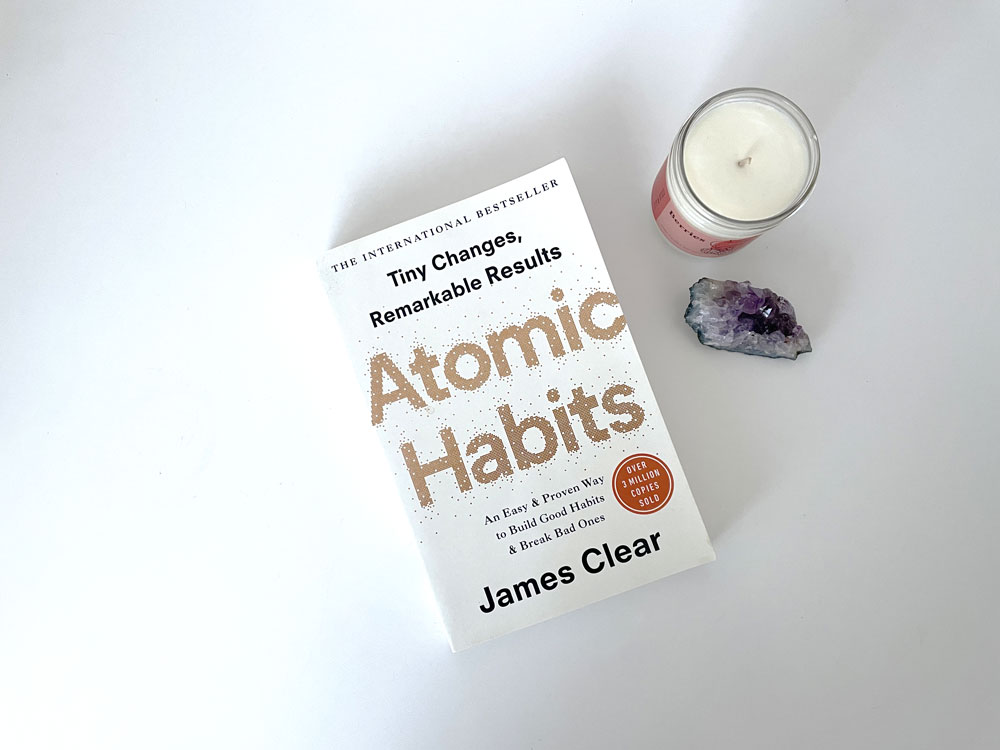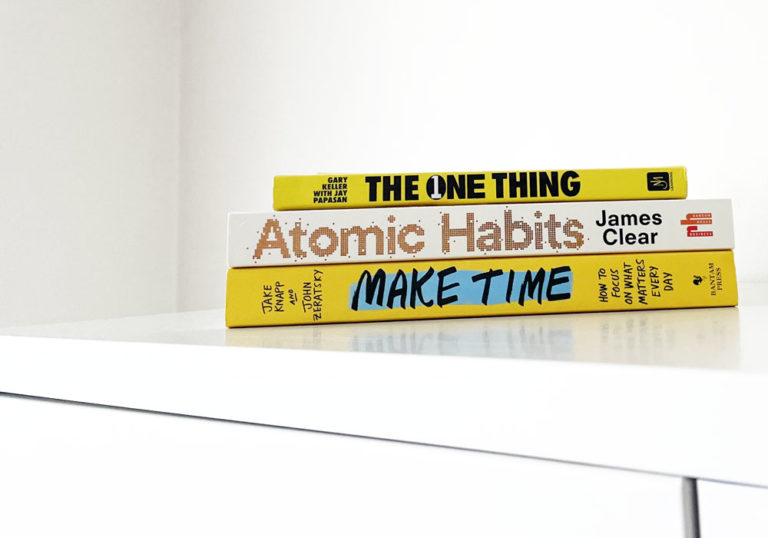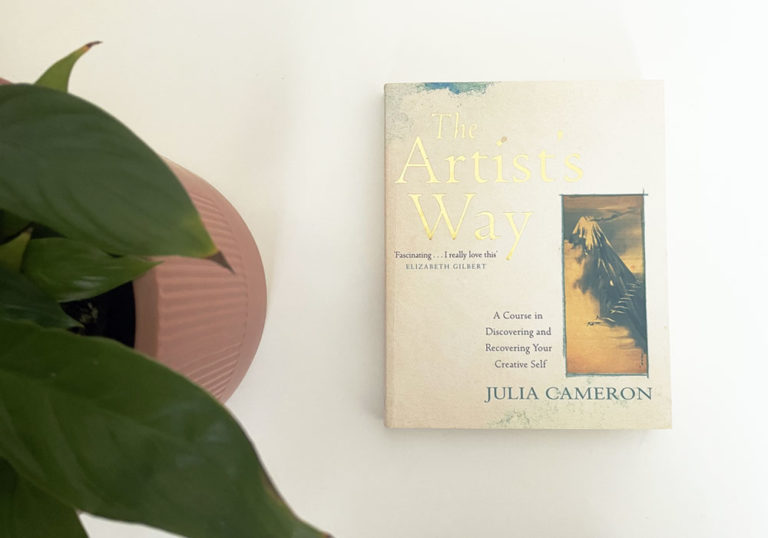Unleash your creative potential: key insights from Atomic Habits by James Clear
Atomic Habits by James Clear is a transformative book that explores the power of small habits and their profound impact on personal and professional growth. For graphic designers and creative individuals facing creative blocks, Clear’s book provides valuable insights and practical strategies to overcome challenges and unlock their full creative potential. In this summary, we will highlight the key points from “Atomic Habits” that can help break through creative barriers and establish a strong foundation for consistent and sustainable creative growth.
The Power of Small Habits
Clear emphasizes the importance of focusing on small habits rather than grand gestures. By breaking down creative tasks into manageable steps, designers can establish a regular routine and make progress over time. Small habits are easier to integrate into daily life, making them more sustainable and less overwhelming.
“You do not rise to the level of your goals; you fall to the level of your systems.”
James Clear
This quote encapsulates Clear’s core message that success is not solely determined by setting ambitious goals, but rather by establishing effective systems and habits. It emphasizes the idea that consistent, small actions and habits are the building blocks of significant progress and achievement. By focusing on improving systems and processes, individuals can create a solid foundation for long-term success and surpass their goals. This quote serves as a powerful reminder to prioritize the development of sustainable habits and routines that support one’s desired outcomes.
The 1% Rule and Continuous Improvement
Clear introduces the concept of the 1% Rule, which suggests that by improving a small habit by just 1% each day, significant progress can be achieved in the long run. Instead of seeking immediate, dramatic breakthroughs, designers should strive for gradual improvement over time. Consistently making small adjustments to their creative processes will yield remarkable results.
Improving a small habit by just 1% each day, significant progress can be achieved in the long run.
James Clear
Environment Design
Creating an environment that supports and encourages creativity is crucial. Clear highlights the importance of designing physical and digital spaces that are conducive to creative work. By organizing tools, materials, and workspaces in an efficient and inspiring manner, designers can eliminate distractions and make the creative process smoother.
Habit Stacking
Habit stacking involves linking new habits with existing ones. For designers, this could mean associating a specific creative task with an established routine or habit. By integrating creative activities seamlessly into their daily lives, designers can make them more automatic and reduce resistance to starting. Habit stacking simplifies the process of cultivating new habits.
Identity-Based Habits
Clear introduces the concept of identity-based habits, which involves aligning habits with one’s desired identity. For a graphic designer, this means adopting the identity of a creative professional and aligning habits with that identity. By focusing on the habits that creative individuals embody, designers can reinforce their self-image and overcome creative blocks.
Focus on Systems, Not Goals
Clear argues that instead of solely focusing on achieving specific goals, designers should prioritize building effective systems. By developing processes and routines that consistently support creative work, designers can maintain their momentum and enjoy long-term success. Systems help navigate the ups and downs of the creative journey and keep the focus on continuous improvement.
The Importance of Feedback
Receiving feedback and learning from it is a vital aspect of growth. Clear emphasizes the value of seeking feedback from peers, mentors, and clients. By actively seeking and embracing constructive criticism, designers can refine their skills, expand their perspectives, and enhance their creative output. Feedback provides valuable insights and helps designers progress in their craft.
Overcoming Plateaus
Plateaus are inevitable in the creative journey. Clear suggests that during such phases, designers should focus on small changes and experiments. By exploring new techniques, collaborating with others, or seeking inspiration from different sources, designers can break free from stagnation and revitalize their creative process.
Atomic Habits offers a comprehensive roadmap for designers and creative individuals seeking to overcome creative blocks and establish sustainable creative habits. By focusing on small habits, continuously improving, designing supportive environments, embracing feedback, and building effective systems, designers can unleash their creative potential and consistently produce exceptional work. By implementing these principles into their lives, designers can conquer creative blocks and embark on a journey of continuous growth and artistic fulfillment.
Photo by Jose Mizrahi on Unsplash



